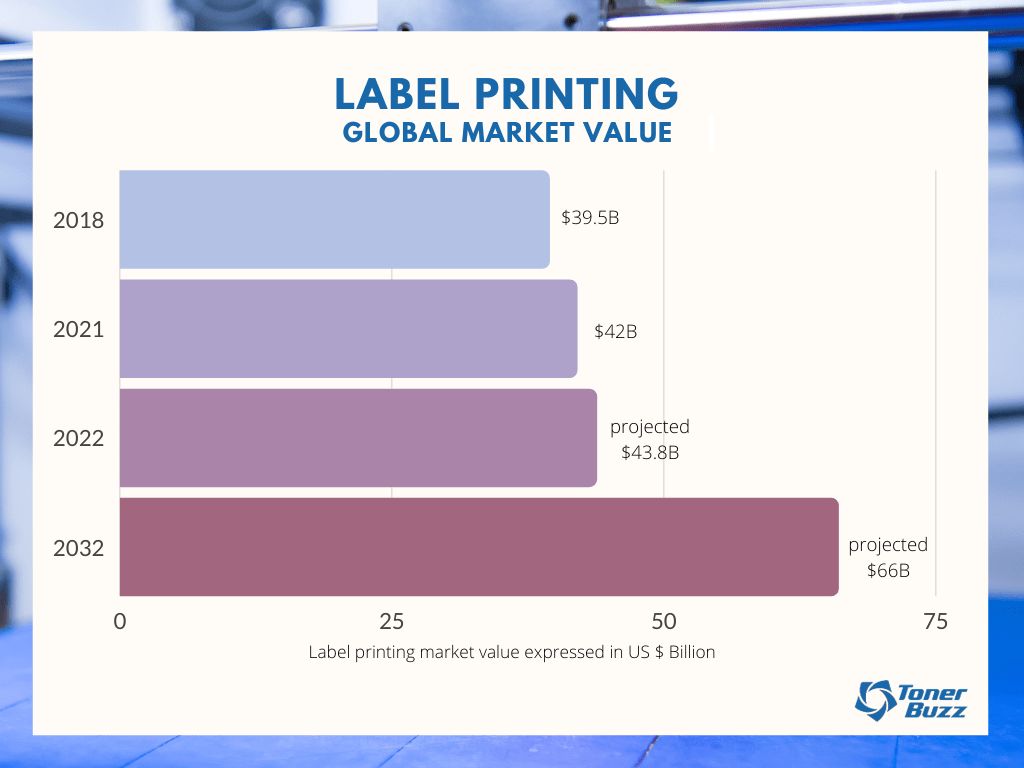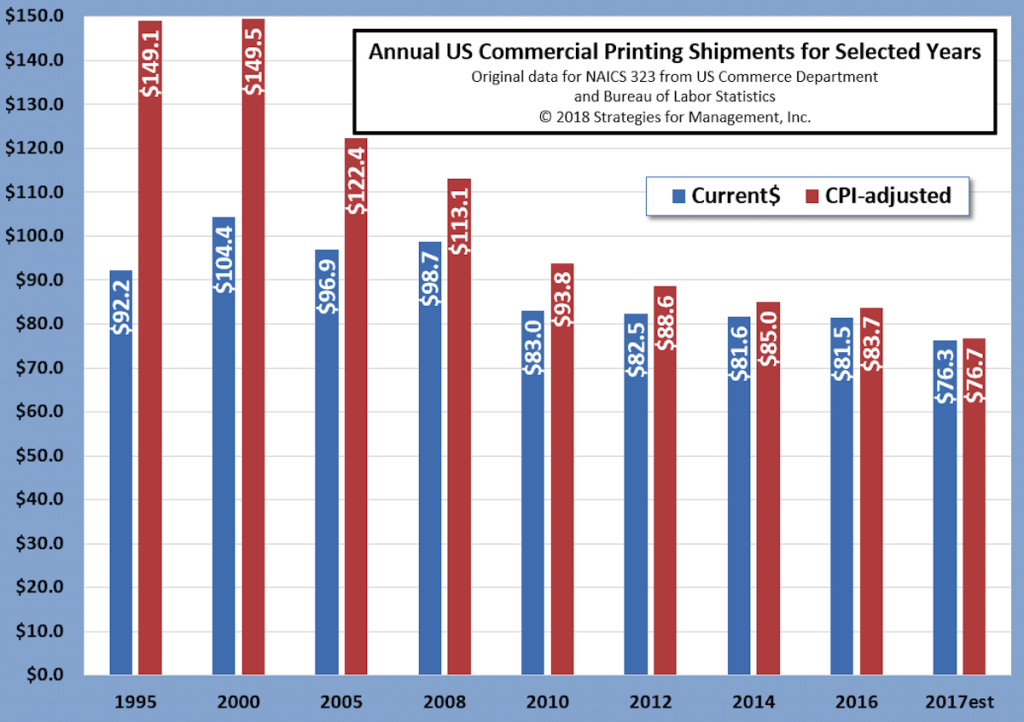Printing Industry Trends in the US: A Comprehensive Overview
Greetings, readers! In this article, we will delve into the latest trends in the printing industry in the United States. As technology continues to evolve, the printing industry has experienced significant changes over the past few years. Understanding these trends is crucial for businesses and individuals alike, as they can greatly impact marketing strategies, cost management, and overall success. Let’s explore the key trends shaping the printing industry landscape in the US today.
Introduction: The Changing Landscape of the Printing Industry
1. The Digital Transformation: 🌐
The advent of digital technology has revolutionized the printing industry, leading to a shift from traditional printing methods to digital printing. This trend allows for faster turnaround times, cost-effective solutions, and greater customization options.
2. Sustainability and Eco-Friendliness: 🌱

Image Source: tonerbuzz.com
With growing environmental concerns, the printing industry in the US has embraced sustainability practices. Companies are adopting eco-friendly materials, using energy-efficient equipment, and implementing recycling programs to reduce their carbon footprint.
3. Personalization and Customization: 🖋️
Print materials are no longer seen as one-size-fits-all. The printing industry has witnessed an increasing demand for personalized and customized products. This trend enables businesses to create targeted marketing campaigns and establish stronger connections with their audience.

Image Source: cloudfront.net
4. Automation and Artificial Intelligence: 🤖
The integration of automation and artificial intelligence has transformed printing processes, making them more efficient and accurate. Automation has streamlined workflows, reduced errors, and increased productivity, allowing companies to meet tight deadlines and provide high-quality outputs.
5. Integration of Print and Digital: 📱
The printing industry has embraced the integration of print and digital mediums. Print materials are now often complemented with QR codes, Augmented Reality (AR), and Near Field Communication (NFC) technology, enhancing the overall user experience and bridging the gap between traditional and digital marketing strategies.
6. On-Demand Printing: ⏰
With the rise of e-commerce and online shopping, on-demand printing has gained popularity. This trend allows businesses to print materials on an as-needed basis, reducing inventory costs and waste. On-demand printing also offers faster delivery times and greater flexibility for last-minute changes.
7. 3D Printing: 🖨️
While still in its early stages, 3D printing has the potential to revolutionize the printing industry. This technology allows for the creation of three-dimensional objects, opening up new possibilities in various sectors, including manufacturing, healthcare, and architecture.
What are the Printing Industry Trends in the US?
1. What: The Shift Towards Digital Printing
With the increasing demand for short print runs and quick turnaround times, digital printing has become the preferred choice for many businesses. This trend is driven by advancements in technology, enabling high-quality prints with faster production speeds and lower costs.
2. Who: The Impact on Marketing and Advertising
Printing industry trends in the US have greatly influenced marketing and advertising strategies. Personalized direct mail campaigns, custom packaging, and promotional materials have become essential tools for businesses looking to create a lasting impression on their target audience.
3. When: The Evolution Over Time
The printing industry in the US has seen a gradual transition from traditional printing methods to digital printing. This shift has been accelerated by advancements in technology, increased accessibility to digital printing equipment, and changing consumer preferences.
4. Where: The Industries Benefiting from Printing Trends
Various industries in the US have embraced printing trends to enhance their operations. The retail sector utilizes personalized packaging and signage, while the healthcare industry benefits from 3D printing for prosthetics and medical devices. Additionally, the education sector relies on digital printing for textbooks and learning materials.
5. Why: The Advantages and Disadvantages
Advantages of the printing industry trends in the US include cost-effectiveness, quick turnaround times, and greater customization options. However, challenges include the need for skilled labor, the initial investment in equipment, and the environmental impact of printing materials.
6. How: Implementing Printing Trends Successfully
To leverage printing industry trends effectively, businesses must invest in the right equipment, stay updated with technological advancements, and prioritize sustainability. Collaborating with printing professionals and regularly assessing marketing strategies can also ensure successful implementation.
FAQs About Printing Industry Trends in the US
1. Is digital printing more expensive than traditional printing methods?
No, digital printing is often more cost-effective for short print runs due to reduced setup costs and faster production times.
2. Are there any limitations to customization with digital printing?
No, digital printing offers extensive customization capabilities, allowing businesses to tailor their prints to individual customers.
3. Are there any risks associated with 3D printing in the healthcare industry?
While 3D printing has great potential in healthcare, there are concerns regarding the quality and safety of printed medical devices that need to be addressed.
4. How can businesses ensure their printed materials are sustainable?
Businesses can opt for eco-friendly materials, incorporate recycling programs, and work with printing companies that follow sustainable practices.
5. What role does automation play in digital printing?
Automation streamlines workflows, reduces errors, and increases productivity in digital printing processes, resulting in faster and more efficient production.
Conclusion: Embracing the Future of Printing
In conclusion, the printing industry in the US is constantly evolving, driven by technological advancements and changing consumer demands. Understanding the latest trends is essential for businesses to stay competitive and deliver impactful marketing campaigns. By embracing digital printing, prioritizing sustainability, and leveraging automation, companies can navigate the changing landscape of the printing industry and unlock new opportunities.
Friends, seize the potential of printing industry trends and take your business to new heights. Upgrade your printing strategies, adapt to the digital era, and leave a lasting impression with your audience. The future of printing is here, and it’s time to embrace it!
Disclaimer: The views and opinions expressed in this article are those of the author and do not necessarily reflect the official policy or position of any printing industry organization or entity.